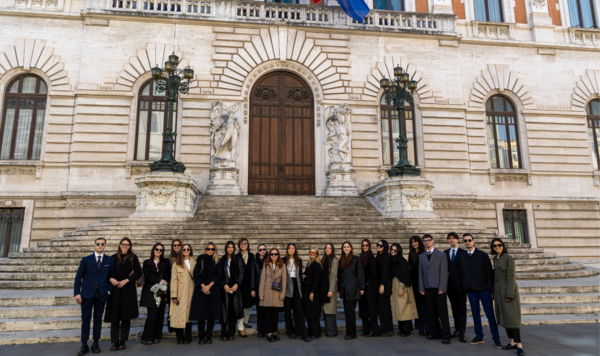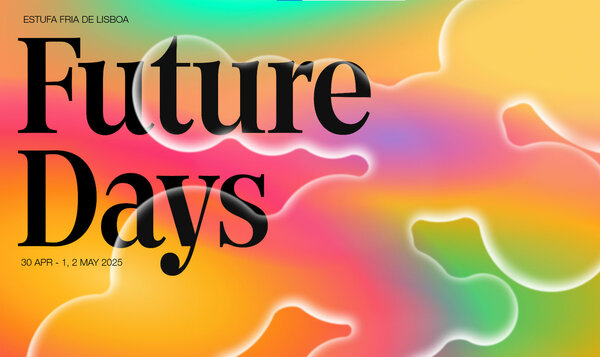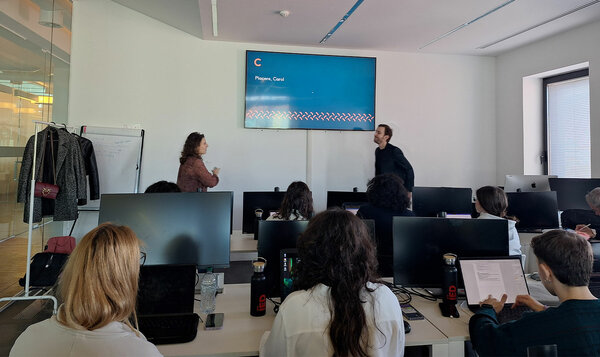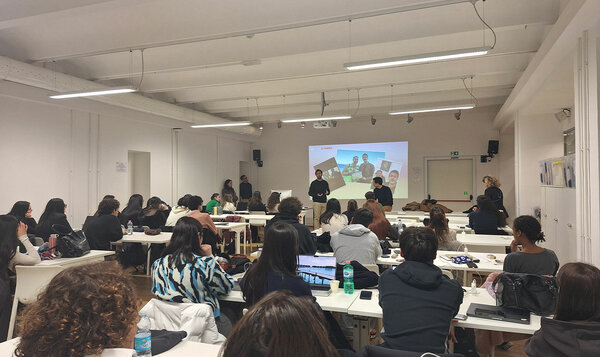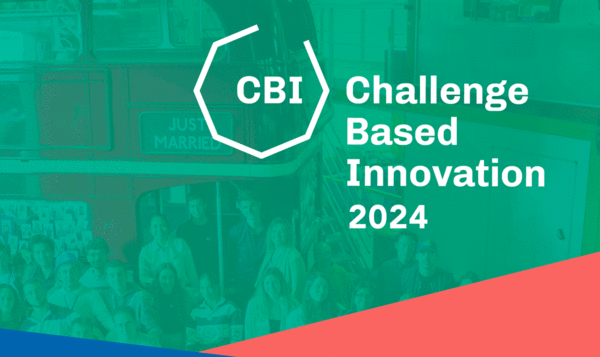Today, personal branding is an indispensable vehicle for those who aim to be remembered in the creative sector.

Personal Branding for creatives: how to develop your digital identity in 5 steps
Date
12 February 2024
Personal Branding: how to develop your digital identity in 5 steps
In this article, we will not only examine personal branding with a magnifying glass, but also present a very useful toolkit for creating or refining your own digital identity independently.
What is personal branding, and why is it essential for creatives?
Personal branding is the process of actively managing one's public image, both online and offline. Through this crucial tool, individuals and professionals can communicate their unique values, skills, passions, and personalities to the world, effectively showcasing their distinctive and recognisable personal reputations.
Especially for creatives, personal branding is not just a way to stand out in a saturated market, but also a vehicle to communicate their artistic vision and attract clients or job opportunities, with the aim of building a career aligned with their aspirations, both personal and professional.
Among the various advantages, the main benefits of personal branding for creatives include:
Market differentiation
In an industry where uniqueness is prized, developing an effective personal branding strategy allows one to distinguish oneself from the competition. This strategy enables creatives to highlight their distinctive qualities, thereby ensuring their message and style is recognizable in a crowded market.
Increased visibility and recognition
Creating and maintaining a strong brand identity increases a professional’s visibility in their field. This not only facilitates the recognition of their work by a wider audience, including potential clients, colleagues, and industry influencers but also opens the doors to new professional opportunities.
Establishing credibility and trust
Personal branding that reflects consistency, professionalism and authenticity plays a key role in building credibility in the eyes of the audience. These elements are essential for developing and maintaining lasting professional relationships, because when customers perceive a personal brand as dependable, they are more inclined to trust and invest in the services offered.
Creating an emotional connection
A carefully considered personal branding strategy allows creatives to communicate their story, values, and passions to their audience. This helps establish an emotional connection with the audience, which is key to inspiring, engaging, and retaining clients and followers, transforming the professional relationship into a more personal experience.
Examples of successful personal branding in the creative world
By analysing some examples of successful personal branding in the creative sector, it is possible to identify common elements and strategies that have contributed to the recognition of certain personalities and their established reputation in the industry:
1. Paula Scher
Her distinctive visual identity and methodology in the field of graphic design immediately capture the viewer’s attention. The consistency with which her personal style permeates the projects she has worked on emphasises the importance of having a distinctive imprint that serves as a true hallmark in the creative universe.
2. Annie Leibovitz
This celebrated photographer has created a personal branding around her inimitable ability to capture the essence of her subjects, combined with a visual style that sets her apart. Her work illustrates how integrating personality and artistic vision can become a powerful and recognisable brand.
3. Neil Gaiman
The author has brilliantly leveraged social media and digital platforms to disseminate his stories, reveal his creative process, and engage in open dialogue with his supporters, thus creating a loyal community gravitating around his personal brand.
These exemplary personalities hughlight the importance of finding distinctive elements - such as a logo or name - that remain etched in memory, an unmistakable style, a portfolio that reflecting consistency and quality, a dynamic and interactive social media presence, and the ability to tell stories that engage and captivate the audience.
How to define your strategy: the Personal Branding Canvas
The Personal Branding Canvas - distributed for free by BigName - is a visual, intuitive tool designed to simplify the planning of an effective personal branding strategy. This model includes several key sections, including the value proposition, target audience, tone of voice, preferred channels, actions to take, and metrics to measure project success. By filling in each section, creatives can gain a clear and in-depth view of their brand identity and the steps to communicate it effectively.
This tool has gained global recognition due to its effectiveness, finding application at some of the most renowned international companies, including ABB, Sanofi, Swiss Post, and LinkedIn.
How to create your digital identity: the essential tools
In addition to good ideas and the best planning tools, knowing how to use the right tools is crucial to effectively creating and communicate your digital identity.
These include:
- Website and Online portfolio, showing biography, contacts and your best work.
- Social Media, to be determined based on the audience and the type of content you intend to disseminate - Instagram for images and TikTok for videos, X for short reflections, LinkedIn for professional relations – to maximise your visibility.
- Blogs and Podcasts are powerful tools to share knowledge, express your opinion and build authority in your field.
- Videos, via channels like YouTube, to present your work, share tutorials or insights into your creative process.
The choice and use of these tools depends solely on personal goals, the type of audience you wishe to engage, and individual preference. However, the primary challenge must maintain consistency and quality across all chosen channels.
How to nurture and enhance your digital image: useful tips
Maintaining and enhancing your personal branding requires constant dedication. Regularly updating your website and portfolio, publishing fresh and relevant content, participating in industry events and online communities, and ongoing training to stay on top of the latest trends and technologies in your field, are key to achieving a polished and well-regarded digital image.
But that’s not all. As mentioned above, it is also very important to be authentic and transparent in communication, as this helps to build trust and establish meaningful relationships with your audience. Furthermore, knowing how to handle criticism and negative feedback constructively is essential for maintaining a positive reputation.
Developing solid and compelling personal branding is a gradual process, requiring time, introspection, and commitment. By putting all these tips into practice, creative professionals can develop a digital identity that makes them stand out, thus supporting achieving their professional goals and making the most of their skills and passions.
Explore IED's Personal Branding courses and start building a digital identity that reflects your true value today. Find out more!
